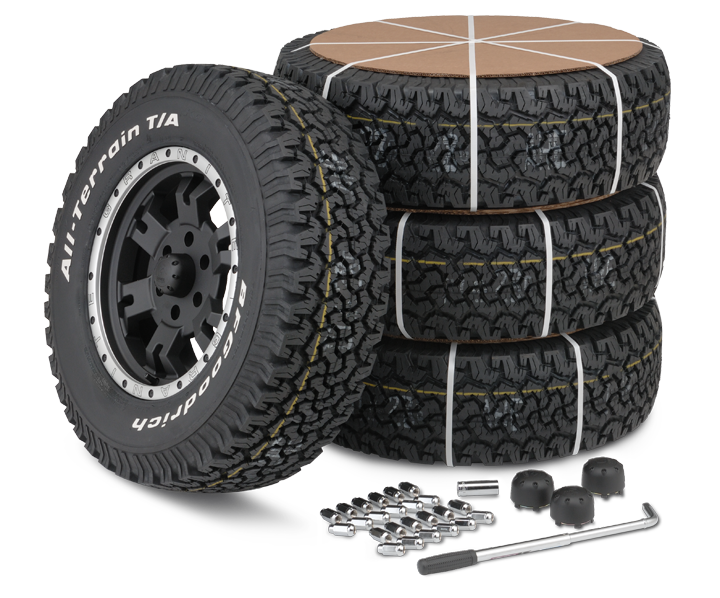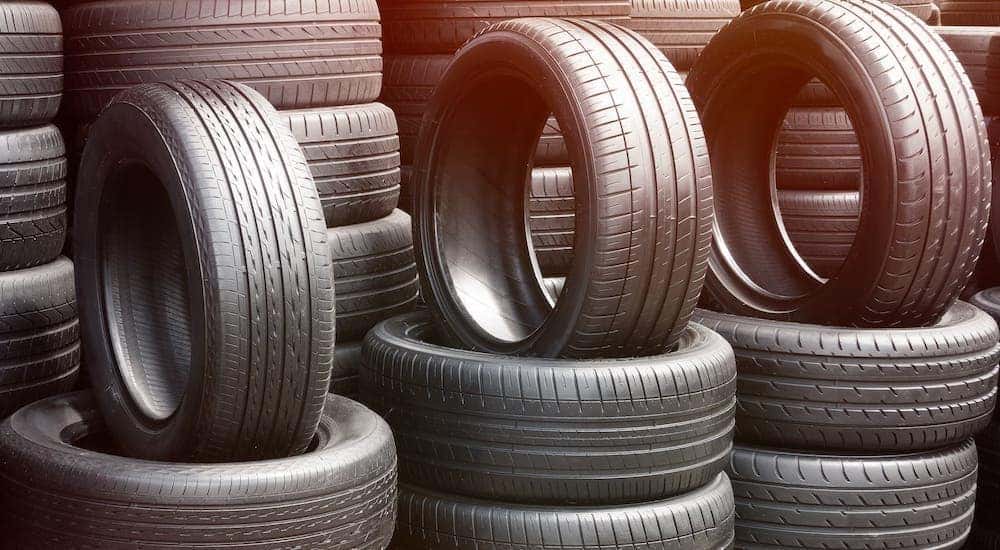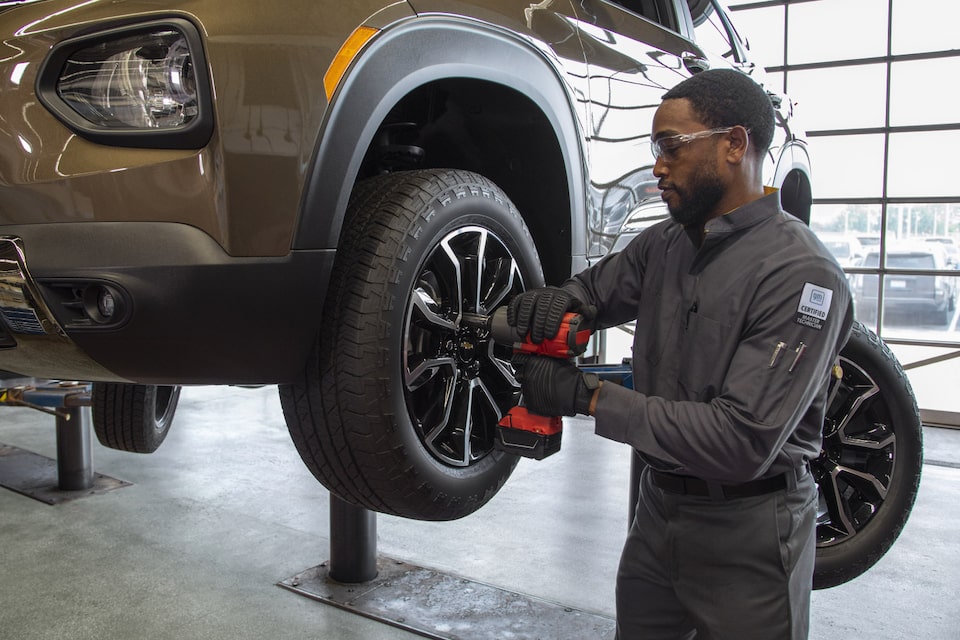Specialist Morris Tire and Alignment: Enhance Your Automobile's Efficiency
Specialist Morris Tire and Alignment: Enhance Your Automobile's Efficiency
Blog Article
Tire Service: The Impact of Climate Condition
When it comes to guaranteeing ideal performance and security on the road, comprehending the influence of weather condition conditions on tire solution is crucial. In this discussion, we will explore the intricate relationship between weather condition conditions and tire solution, shedding light on the significance of weather-specific tire upkeep techniques and factors to consider.
Heat and Tire Efficiency
When exposed to heats, tires experience modifications in performance that can significantly impact vehicle safety and security and handling. The heat produced from prolonged driving or warm weather problems creates the tire rubber to soften, bring about decreased step life and increased wear. As the rubber ends up being softer, the tire's grasp when driving lessens, influencing stopping ranges and general traction. In extreme instances, too much warm can even create tire blowouts, positioning a severe safety threat to the car and its occupants.
Furthermore, high temperatures can increase the procedure of tire aging, triggering the rubber to weaken faster. This can lead to fractures, bulges, and various other kinds of damage that endanger the structural stability of the tire. To reduce the effects of warm on tire performance, vehicle drivers need to on a regular basis inspect their tire pressure, turn tires to ensure even wear, and examine for any type of indications of damage. In addition, using tires especially developed to stand up to heats can assist preserve optimum efficiency and security when traveling.
Winter Results
Cold climate problems can have a significant effect on tire efficiency and safety. In cool weather, tires may additionally shed air stress much more rapidly, which can impact handling and fuel efficiency.
To reduce the effects of cold weather on tires, it is essential to routinely examine tire stress and inflate them to the producer's recommended levels. Utilizing winter season or all-season tires created for chilly weather problems can additionally improve traction and hold on icy or snowy roadways - tire shop morris. Appropriate tire upkeep, consisting of routine evaluations for wear and damage, becomes also a lot more important during cooler months to make certain optimal performance and security
Rainy Conditions Effect
Throughout wet problems, tire efficiency and security can be substantially influenced by the damp road surfaces and reduced visibility. The walk pattern of tires plays an essential duty in preserving traction on wet roads. Tires with worn-out footsteps are extra vulnerable to hydroplaning, where a layer of water develops between the roadway and the tire surface area, resulting in loss of grip. To fight this, drivers ought to frequently examine their tires for ample walk deepness and think about purchasing tires specifically created for wet conditions.

Snow and Tire Safety And Security
Snow-covered roadways posture distinct difficulties for motorists, highlighting the relevance of appropriate tire option and maintenance. When driving in snowy problems, having the right tires can make a substantial distinction in safety and security and efficiency. Wintertime tires are made with unique rubber substances and walk patterns to provide better traction on snow and ice contrasted to all-season tires. The much deeper footsteps and sipes of winter tires help hold the road much better, reducing the danger of sliding and sliding.
Along with using winter months tires, it is critical to guarantee they are effectively blown up. Winter can trigger tire stress to drop, affecting grip and handling (morris tire and alignment). On a regular basis inspecting and maintaining the proper tire pressure is crucial for optimum efficiency in snowy problems

Weather-Related Tire Upkeep
Weather-related tire upkeep encompasses a variety of methods intended at guaranteeing optimal tire feature and longevity in various weather condition scenarios. One key facet of weather-related tire maintenance is tire stress regulation. Evaluating tire step on a regular basis and changing tires when tread wear gets to a particular depth is important for maintaining traction and stability in adverse climate.
Final Thought
In conclusion, weather condition conditions have a substantial impact on tire efficiency and security (mopar tire service specials). From warmth affecting tire pressure and put on to cold weather condition decreasing grip, it is crucial to take into consideration the weather condition when maintaining and utilizing tires.
In this conversation, we will explore the elaborate partnership between climate problems and tire solution, losing light on the value of weather-specific tire maintenance practices and factors to consider.

Report this page